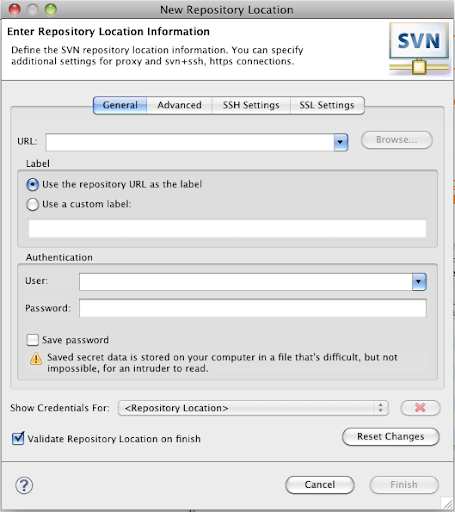
History if you look far enough back in time. That exists independently of another line, yet still shares a common This is the basic concept of a branch-namely, a line of development The two documents are almost the same,Īfter all they differ only in small, specific ways. You discover a typo in the first copy, it's very likely that the same You often want to make the same change to both copies. What do you do in this situation? You do the obvious: make a secondĬopy of your document and begin maintaining the two copies separately.Īs each department asks you to make small changes, you incorporate One day a different division asks youįor the same handbook, but with a few parts “tweaked” for them, since

Suppose it's your job to maintain a document for a division in yourĬompany-a handbook of some sort. For Subversion 1.7, there is an excellent explanation of branching in SVN. Subversion has a free book available that will detail out in more detail all of its features. Here is another article about Subclipse with some tips and tricks. While using Subclipse, you can easily create branches/tags. If you are going to use SVN with Eclipse, my experience has always been that Subclipse works best.


 0 kommentar(er)
0 kommentar(er)
